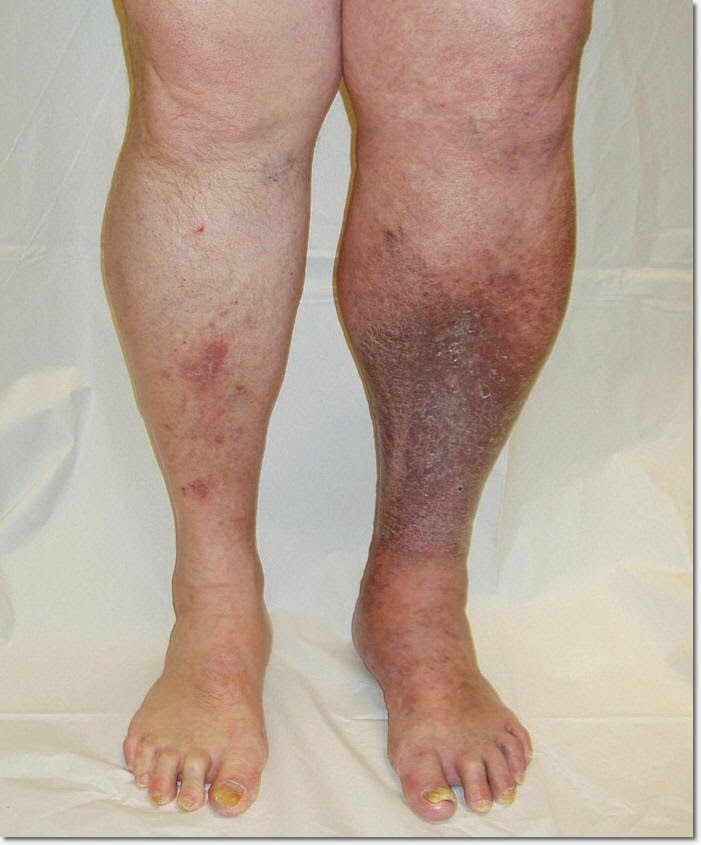
McNeely: “Clots are almost always on one side symptoms on both sides are almost never blot clot related.” “A small enough clot might not show any symptoms,” she points out. Symptoms are usually linked to the size of the clot, Dr. "The most common symptoms a person can have include pain in the leg, swelling of the leg, or warmth and redness of the affected leg," says Joshua Kra, M.D., assistant professor of medicine in the Division of Hematology/Oncology at Rutgers New Jersey Medical School. “There is a tightness or even ropiness in the area there can be redness and tenderness with pressing into the meat of the calf,” she says. Here are the warning signs of a blood clot to watch for, along with what a blood clot feels like, so you can act quickly if one strikes.īlood clots in the leg are “usually felt in the calf,” says Erin McNeely, M.D., an internal medicine physician at Corewell Health. What’s more, “it’s important to recognize symptoms of a blood clot because they can often be minimal or overlooked,” and getting prompt treatment is key, says Dr. Some people are more prone to a DVT than others, so it’s worth staying on top of any risk factors. That can damage your lungs and other organs and may even be fatal.īlood clots happen more often than most people realize: 900,000 Americans are affected by blood clots each year, and 100,000 people die from blood clots annually, according to the Centers for Disease Control and Prevention (CDC)

Then it becomes a pulmonary embolism, a clot that prevents these vital organs from getting the oxygen and blood they need. Things can get even more serious if a DVT breaks away from its original spot and travels to your lungs. They’re like roadblocks on your blood highway, causing traffic jams in your circulation and prevent the blood flow that keeps your system up and running. This kind of clot is called a deep vein thrombosis, or DVT. “When blood clots form in this deeper system, they can be painful and very dangerous,” says Luis Navarro, M.D., founder of the Vein Treatment Center in New York City.

But sometimes blood clots happen when they’re not needed, and that can spell trouble-especially if they form in the deep veins near your muscles. And, if you happen to have a weird ache or pain, it’s only natural to wonder what a blood clot feels like.īlood clots are a normal part of life-you need them to stop bleeding after an injury, after all. You’ve probably at least somewhat aware of the dangers of blood clots.


 0 kommentar(er)
0 kommentar(er)
